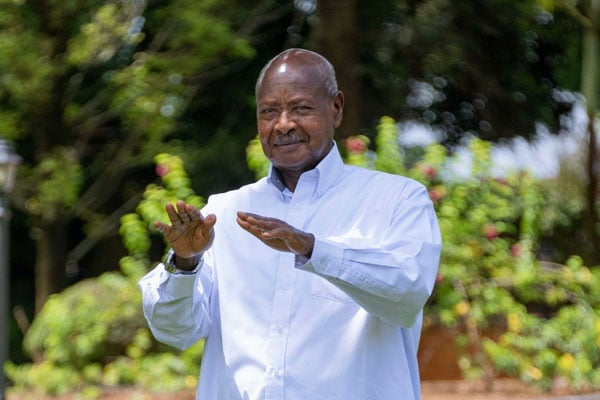Prime
Is Uganda ready to achieve SDG7?

Stuart Kasozi
What you need to know:
- Umeme connects most urban electricity clients to ensure steady power supply. They have done some job, but the current energy consumption needs Umeme and UEDCL to triple efforts, if Uganda is to attain the SDG7.
Are Uganda’s key energy players meeting their objectives? This question is important because it brings into sharp focus our country’s preparedness, or lack thereof, to meet United Nation’s Sustainable Development Goal 7.
The UN adopted the 17-point SDGs under Uganda’s chairmanship of the General Assembly to attain a “better…sustainable future for all” on the planet by 2030. Therefore, Uganda by default, already set itself up at the apex for scrutiny. Also, Uganda delivered well on the 2000 Millennium Development Goals (MDGs), raising even a higher bar and public expectation for its excellence in achieving the new global development targets.
SDG Seven specifically focuses on guaranteeing “affordable, sustainable, reliable and modern energy” to the global community by 2030, according to the UN. For context, that is roughly 10 years, or two election cycles, away.
There already exists a roadmap to achieve these targets, including on energy sufficiency, access and affordability. The elephant in the room is whether Uganda will replicate its 2000 feat by 2030 to remain a regional pacesetter on implementing international development programmes.
If you remember the era of Uganda Electricity Board (UEB) and the unending daily load-shedding in the country, you can agree with me that the energy industry has registered some progress. Much as a lot still needs attention, electricity supply and availability in Uganda has improved over the past 20 years.
So, who are the key players to shine the torch on to deliver Uganda’s achievement of SDG7 and what are, or should be, their contributions?
In March 2001, UEB was unbundled to create the Uganda Electricity Generation Company Limited (UEGCL), Uganda Electricity Transmission Company Limited (UETCL) and the Uganda Electricity Distribution Company Limited (UEDCL). These took up duties of generating, transmitting and distributing electricity in Uganda, respectively.
To accelerate and audit their performances, the government created Rural Electrification Agency (REA) and contracted Umeme on the one hand and established Electricity Regulatory Authority (ERA) on the other hand.
Being arguably the best performing player in the industry, UEGCL is on course to realise its vision of being the leading power producer in the Great Lakes Region. Uganda’s current installed capacity, from government and private power plants, is 1,252 Megawatts.
Yet the peak demand in 2018, including exports, was about 723 Megawatts, leaving surplus in excess of 500 Megawatts. However, the rate of rise in peak demand requires that Uganda, which derives 80 per cent of its electricity from hydro, should generate more electricity by 2030 and I recommend through intensifying distributed generation from other technologies.
UETCL’s vision, according to information on its website, is: ‘Electricity Transmission for Sustainable Regional Development.’ The current regional transmission interconnector is with Kenya at 132KV.
To fully enhance sustainable electricity transmission in the region, more interconnectors with neighbouring countries should be accelerated, without political bias. This would shift the focus from the current local transmission capacity to regional interconnections and power pools.
UETCL, according to its 2018-2040 Grid Development Plan (GDP), owns and operates 1, 860 kilometers of 220kV, 132kV, 132kV and 66kV high voltage transmission lines and 20 substations.
The plan is updated annually to harmonise the dynamics in the system demand, supply and generation. This is a great strategy to achieving SDG7. However, recent grid challenges mainly due to weather patterns has hindered optimal electricity supply.
UEDCL and UMEME: UEDCL owns the country’s electricity distribution network of 33KV and below. They have working agreements with several private power entities like Umeme. UEDCL is licensed to distribute and sell electricity and supply electric poles of the right standards to various power construction companies.
Umeme connects most urban electricity clients to ensure steady power supply. They have done some job, but the current energy consumption needs Umeme and UEDCL to triple efforts, if Uganda is to attain the SDG7.
It is in context of this role distribution that Uganda’s preparedness to achieve SDG7 should be evaluated.
Mr Kasozi is a 2019/20 Chevening Scholar studying MSc Sustainable Electrical Power at Brunel University in London.
[email protected]




